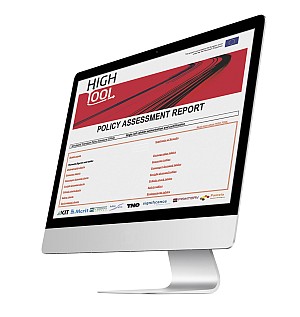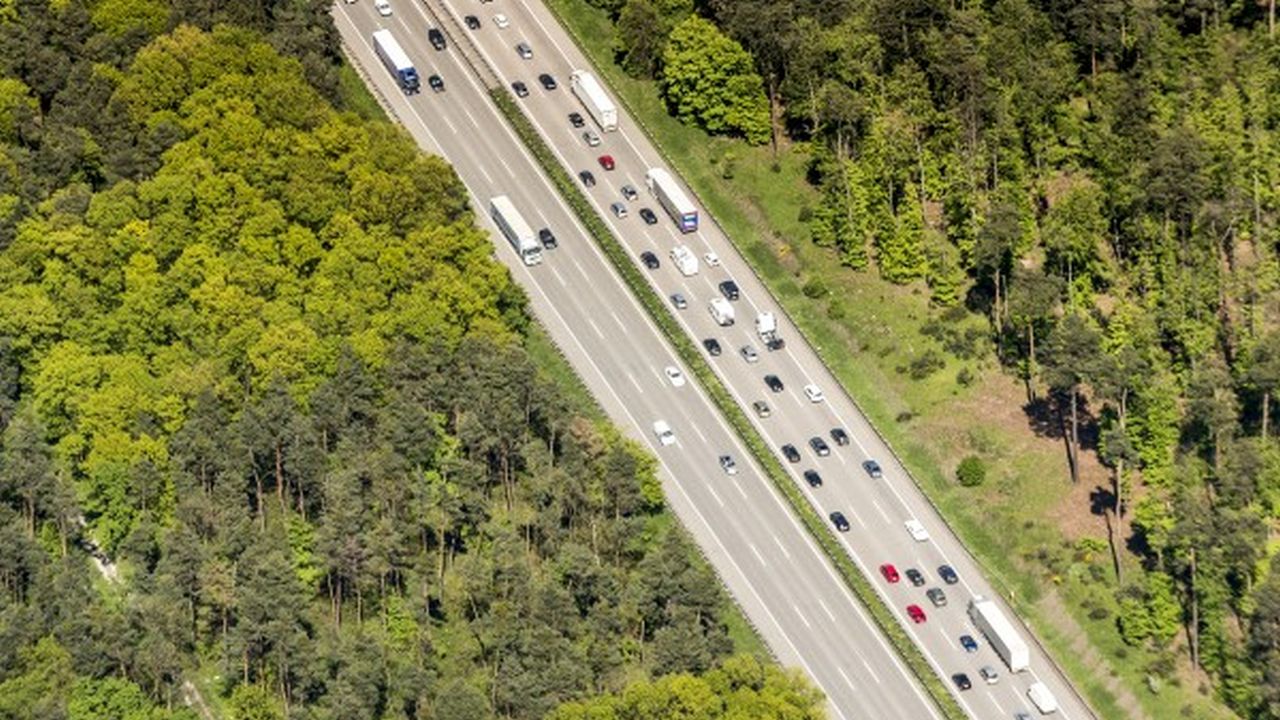Research of Karlsruhe Institute of Technology (KIT) supports the European Commission in transport planning: With the help of the new HIGH-TOOL model, long-term impacts of transport policy measures on economy, society, and environment can be assessed. HIGH-TOOL is an open-source model that embraces modules for demography, economy and resources, vehicle stock, passenger demand, freight demand, as well as environment and safety. Eight partners from five countries were involved in the EU project coordinated by KIT, which has now been completed successfully.
Mobility of people in Europe is increasing, as are the challenges faced when planning transport. Planning is to reduce dependence on fossil fuels, counteract congestion in cities, reduce greenhouse gas emissions, mitigate air pollution and noise, improve traffic safety, and support trans-European transport networks. As decisions in transport planning have effects lasting for decades, it is even more important to plan actions in the long term and to assess their consequences at an early stage.

The HIGH-TOOL model simulates transport policy measures and their impacts on the computer. (Photo: KIT/HIGH-TOOL)
HIGH-TOOL (strategic high-level transport model), the result of a meanwhile completed EU project, models transport policy measures and their impacts. With this tool, the Directorate-General for Mobility and Transport (DG MOVE) of the European Commission is provided a quantitative instrument to assess the impact of transport policy measures on economy, society, and the environment for decades. HIGH-TOOL can be applied to strategically assess options and to preselect options for analysis using more detailed models.
“The perspective of HIGH-TOOL is global. The focus, however, lies on Europe and in particular on the EU Member States,” explains project coordinator Dr. Eckhard Szimba, who heads the respective working group at the Chair for Network Economics of KIT’s Institute of Economics (ECON). “The forecast period is divided into steps of five years each and extends until the year of 2050.” Apart from modules for demography, economy and resources, vehicle stock, passenger and freight demand, as well as environment, and safety, HIGH-TOOL comprises a comprehensive data inventory and a user interface. HIGH-TOOL is available as open-source software and characterized by user-friendly application. Any strategy simulation is accompanied by an assessment report that lists major results in the form of Excel tables and diagrams.
Input and output indicators of HIGH-TOOL are largely based on major European strategy papers, such as the “White Paper on Transport,” the “Roadmap for moving to a competitive low-carbon economy in 2050,” and the “EU reference scenario 2013,” a collection of long-term prognoses until 2050. The project consortium already presented HIGH-TOOL at several large conferences on transport research and organized workshops for future users. Currently, the model is being used among others to assess strategies for shifting transport from road to rail.
Under the 7th Research Framework Program, the European Union funded the HIGH-TOOL project with about EUR 2.5 million. The project had a duration of three and a half years, eight partners from Germany, the Netherlands, Belgium, Spain, and Hungary were involved. KIT coordinated the project, additionally participated in all development areas, and was responsible for the passenger demand model.
More information is available at: http://www.high-tool.eu
In close partnership with society, KIT develops solutions for urgent challenges – from climate change, energy transition and sustainable use of natural resources to artificial intelligence, sovereignty and an aging population. As The University in the Helmholtz Association, KIT unites scientific excellence from insight to application-driven research under one roof – and is thus in a unique position to drive this transformation. As a University of Excellence, KIT offers its more than 10,000 employees and 22,800 students outstanding opportunities to shape a sustainable and resilient future. KIT – Science for Impact.

